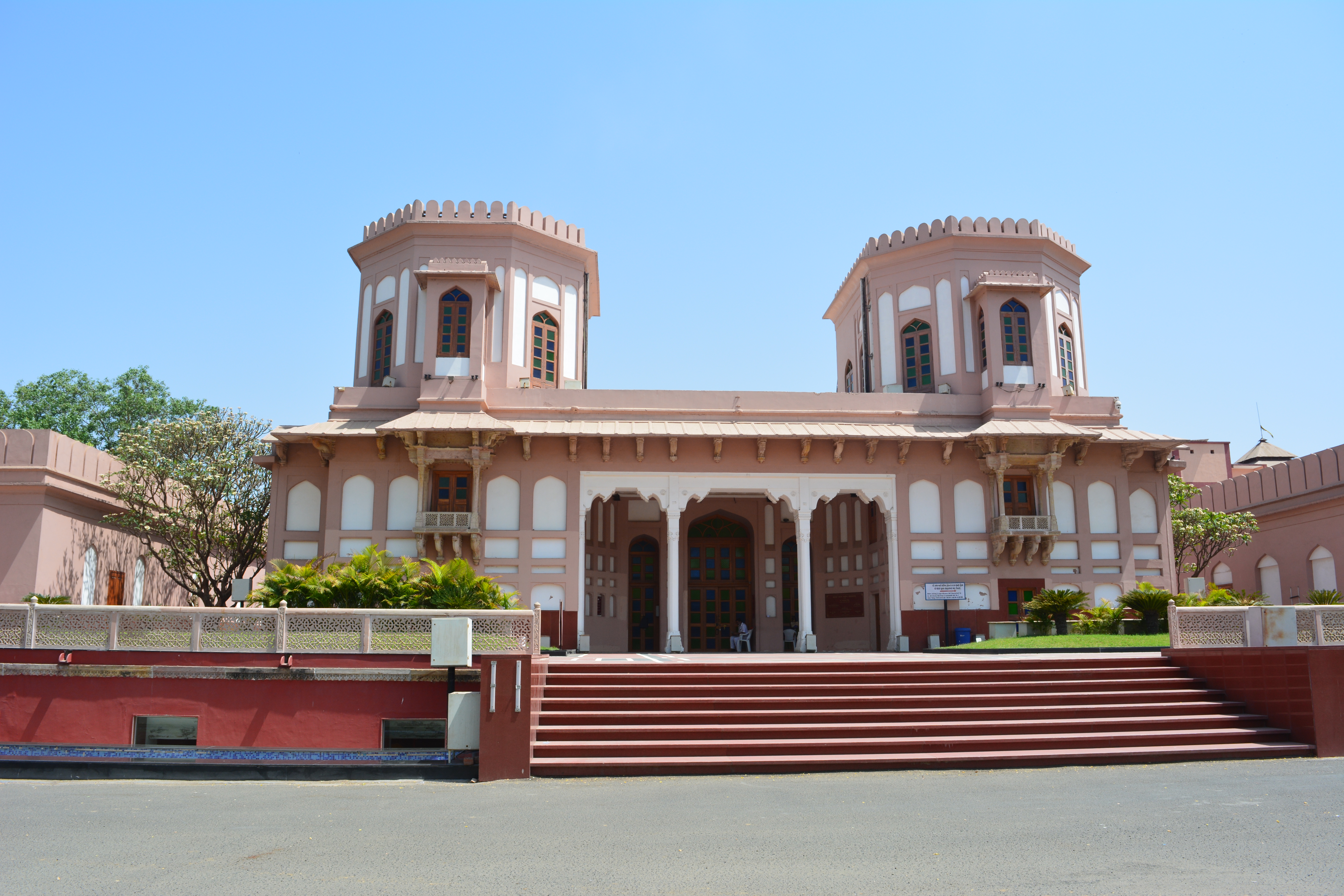Sabarmati Ashram stands as a profound testament to India's nonviolent struggle for independence, embodying the transformative vision of Mahatma Gandhi. Nestled along the serene banks of the Sabarmati River in Ahmedabad, this hallowed ground represents more than a physical location—it is a living narrative of resistance, spiritual conviction, and social transformation.
Founded in 1917, the ashram quickly became the epicenter of Gandhi's revolutionary philosophy of Satyagraha and Sarvodaya. From this modest compound, Gandhi orchestrated some of the most significant moments in India's freedom movement, including the iconic Dandi March of 1930. The Salt Satyagraha, which began from these grounds, drew global attention to India's quest for self-determination and challenged the fundamental structures of British colonial rule.
The architectural essence of the ashram reflects Gandhi's fundamental principles of simplicity and purposeful living. Hriday Kunj, Gandhi's personal residence, comprised six minimalist rooms that became a crucible for national awakening. Each space—from his writing desk to the spinning wheel—symbolized a commitment to self-reliance and peaceful resistance. The charkha, or spinning wheel, was not merely a tool but a powerful metaphor for economic independence and cultural resilience.
Beyond its political significance, the ashram was a vibrant community of dedicated followers and national leaders. Visionaries like Vinoba Bhave, Madeleine Slade, and Maganlal Gandhi lived and worked here, embodying the principles of collective action and social transformation. The daily rhythms of the ashram—from communal prayers at the Upasana Mandir to the production of khadi—represented a holistic approach to social change that transcended mere political activism.
The Gandhi Smarak Sangrahalaya, designed by renowned architect Charles Correa, serves as a contemporary memorial to this legacy. Its modular design, using indigenous materials like stone, brick, and wood, creates a spatial narrative that mirrors Gandhi's philosophy of organic, incremental growth. The museum houses an extensive collection of personal artifacts, documents, and multimedia exhibits that provide an immersive journey through Gandhi's life and philosophical evolution.
The ashram's cultural significance extends far beyond its historical moment. It has become a global symbol of nonviolent resistance, inspiring movements for social justice worldwide. The gallery "My Life is My Message" offers visitors a profound insight into Gandhi's personal struggles, philosophical developments, and unwavering commitment to human dignity. Thousands of books and archival materials preserved here continue to educate and inspire generations about the power of peaceful transformation.
Modern visitors to Sabarmati Ashram experience a living memorial that bridges past and present. Open daily, the site offers not just historical insights but a contemplative space for understanding complex social movements. The carefully preserved buildings, the meticulously maintained archives, and the tranquil riverside setting invite reflection on the enduring relevance of Gandhi's vision in contemporary global challenges.
The ashram remains a dynamic institution, continually reinterpreting its historical legacy for new generations. It stands as a powerful reminder that social change is possible through commitment, compassion, and an unwavering belief in human potential. From this modest compound, Gandhi's ideas continue to ripple across time and geography, challenging us to imagine more just and harmonious ways of coexisting.





